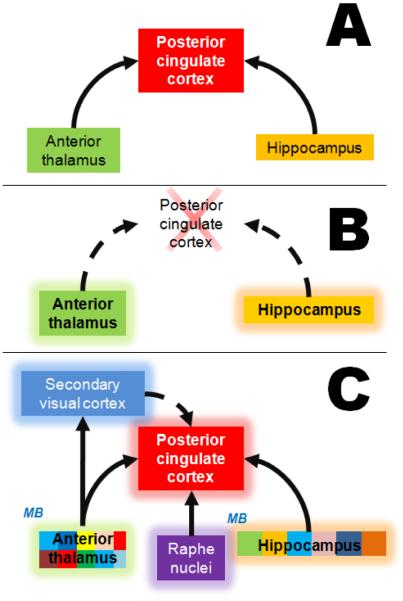Figure 6. The network effects of MB relevant to visuospatial memory.
Patients with mild cognitive impairment show early impairments in visuospatial memory. A) The diagram shows key structures of the circuit of Papez, a neuroanatomical network involved in the processing of visuospatial memory. Increases in metabolic activity in both the thalamus and hippocampus induce increased metabolic activity in the posterior cingulate cortex (solid arrows). The posterior cingulate cortex is a region considered as a major “hub” in the neural network for visuospatial function, receiving and sending numerous projections. B) Hypometabolism in the posterior cingulate cortex (cross) induces a network disruption in which high metabolic activity in the thalamus and hippocampus induces a further decrease (dashed arrow) in activation of the posterior cingulate. This disruption is behaviorally evident as a subtle visuospatial memory retrieval deficit. C) Methylene blue concentrates in areas with high metabolic activity and facilitates energy metabolism. By doing this, MB facilitates the adaptive changes in connectivity within the thalamus and hippocampus, which are represented by the patchwork pattern shown in these regions. Such changes consist of tendencies of subregions to act as either functional clusters or independent functional nodes. This internal subregional reconfiguration allows for the recruitment of additional brain regions that can “make up” for the faulty connectivity and mediate an appropriate behavioral output. These network effects possibly occur in addition to the direct local neuroprotective effects exerted by MB in those regions originally affected by hypometabolism (Riha et al., 2011).

